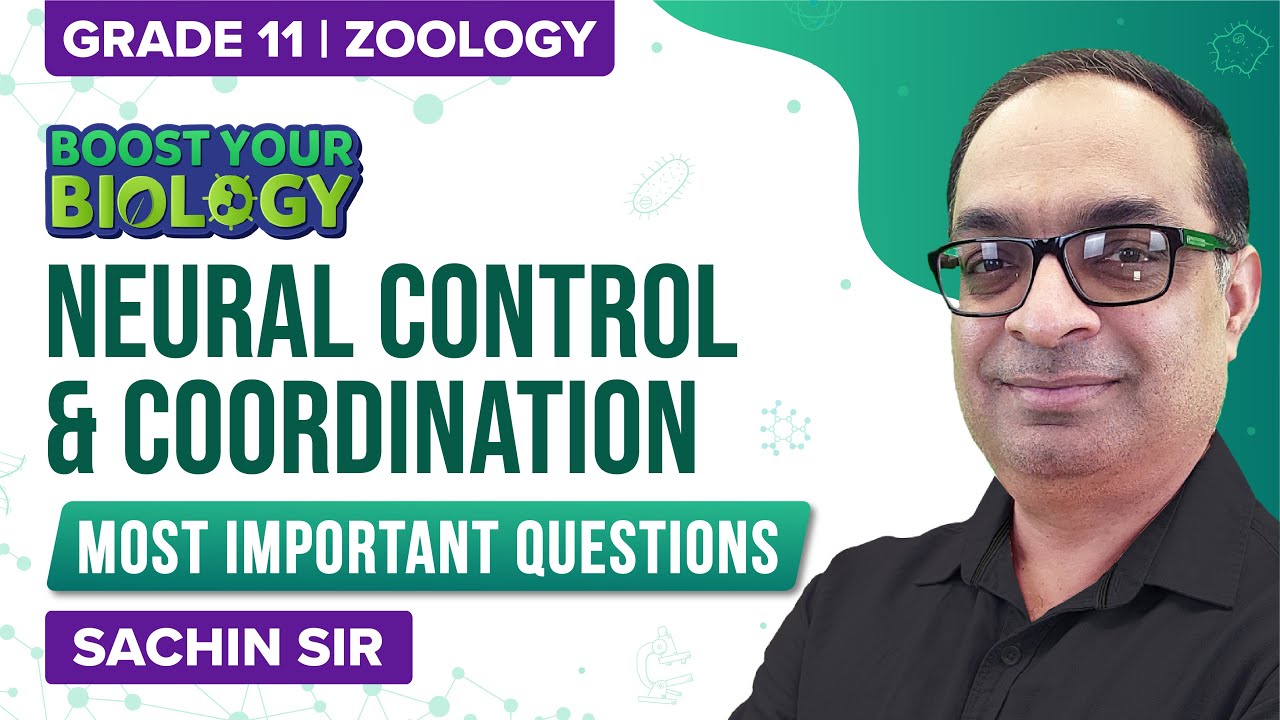Synapsis happens when two homologous chromosomes come together, while synapse is the junction between two neuron cells. The latter, which connects two neurons, is where the action potential is propagated. Whereas synapsis, which takes place in prophase I, is a crucial aspect of meiosis. Here, let’s learn the difference between synapses and synapsis.
Table of Contents
Synapse
The synapse is the point at which two neurons come together to exchange signals or nerve impulses. When the action potential or impulse reaches the end of the presynaptic neuron (first neuron), the synapse facilitates the transfer of the action potential to a nearby neuron known as the postsynaptic neuron. This happens when the presynaptic membrane is positively charged and the neurotransmitters are released into the synaptic cleft.
The chemical messengers of the nervous system are known as neurotransmitters. They are kept in the presynaptic neuron’s vesicles. They interact with receptors on the surface of the postsynaptic membrane after diffusing through the synaptic cleft. Similar to this, an action potential travels through neurons until it reaches the intended organ.

Also Check: Short Notes on Synapse
Synapsis
The pairing of two chromosomes is known as synapsis. It takes place during prophase I of meiosis. Prior to their segregation, it enables homologous pairing and potential chromosomal crossover.
Chromosomes that are homologous to one another fuse together along their entire lengths to form tetrads. It makes it easier for non-sister chromatids of homologous chromosomes to exchange genetic material. The recombinant chromosomes that are created as a result of the crossing-over process, also result in genetically diverse gametes.
Difference between Synapse and Synapsis
|
Synapse |
Synapsis |
|
Synapse is related to neuroscience. |
Synapsis is related to cell biology. |
|
It is a junction where 2 neurons come close to propagate action potential. |
It is the fusion of 2 homologous chromosomes during prophase I of meiosis. |
|
It facilitates the transmission of nerve impulses between neuronal gaps. |
It facilitates the exchange of hereditary material between homologous chromosomes. |
Explore more such important concepts with regards to NEET Biology, only at BYJU’S.
See more:
- Difference between Chemical and Electrical Synapse
- Difference between Homologous and Non-homologous Chromosomes
- Difference between Meiosis in Males and Females
Recommended Video:

Comments